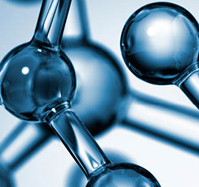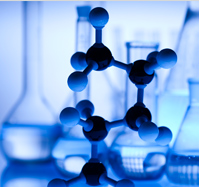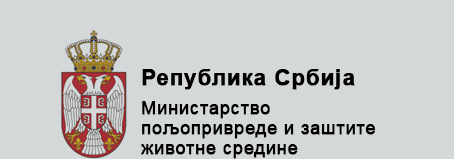The Stockholm Convention


The Stockholm Convention on Persistent Organic Pollutants (POPs) was adopted by the Conference of Plenipotentiaries on 22 May 2001 in Stockholm, Sweden. The Convention entered into force on 17 May 2004.
The Stockholm Convention is a global treaty to protect human health and the environment from persistent organic pollutants. POPs are chemicals that remain intact in the environment for long periods, become widely distributed geographically, accumulate in the fatty tissue of living organisms and are toxic to humans and wildlife. POPs circulate globally and can cause damage wherever they travel. In implementing the Convention, Governments will take measures to eliminate or reduce the release of POPs into the environment.
Over 150 countries signed the Convention and it entered into force, on 17 May 2004, 90 days after the ratification by the fiftieth country. The Stockholm Convention focuses on eliminating or reducing releases of 12 POPs, the so-called "Dirty Dozen". It sets up a system for tackling additional chemicals identified as unacceptably hazardous. It recognizes that a special effort may sometimes be needed to phase out certain chemicals for certain uses and seeks to ensure that this effort is made. It also channels resources into cleaning up the existing stockpiles and dumps of POPs that litter the world's landscape. Ultimately, the Convention points the way to a future free of dangerous POPs and promises to reshape our economy's reliance on toxic chemicals.
The Stockholm Convention is perhaps best understood as having five essential aims:
The Global Environmental Facility (GEF) is the designated interim financial mechanism for the Stockholm Convention. The Stockholm Convention is the most significant global legally binding instrument for targeting POPs. The United Nations Environment Programme (UNEP) coordinated the organisation of the Stockholm Convention, which was originally signed by 92 nations and the European Community on the 23 May 2001 in Stockholm, Sweden. The Stockholm Convention established an initial list of 12 key POPs chemicals for which signatories are required to reduce the risks to human health and the environment arising from their release. Enlisted parties are required to take measures (legal and/or administrative) to eliminate or heavily restrict the production and use of POP pesticides and PCBs, and to minimise the unintentional production and release of POPs.
At its fourth meeting held from 4 to 8 May 2009, the Conference of the Parties (COP), by decisions SC-4/10 to SC-4/18, adopted amendments to Annexes A (elimination), B (restriction) and C (unintentional production) of the Stockholm Convention to list nine additional chemicals as persistent organic pollutants.
Both the Stockholm Convention and the CLRTAP Protocol on POPs make allowances for further chemicals to be qualified as POPs. This allowance is described in Article 8 and Annex D of the Stockholm Convention, and requires parties to submit proposals of new POPs according to a set of strict screening criteria.
In order to integrate some of the aspects of the Basel Convention, Article 6(2) of the Stockholm Convention outlines the requirements for cooperation between the two ruling bodies. By integrating and ratifying the various global instruments for dealing with hazardous wastes and POPs, regional and national leaders can establish effective legal and institutional controls on such chemicals.
PCBs Serbia
Articles
The aim of this page is to show information on health effects, environmental impact, technical information and general information on polychlorinated biphenyls commonly known as PCBs. The main scope is to inform Serbian audience about National PCB Management Plan, all relevant legal framework and regulations in the Republic of Serbia and worldwide. This web page will help all potential PCBs owners to find all relevant information on technical guidelines, safety procedures, protocols and standard operating procedures for PCBs contaminated oils, equipment and soil, list of services, analytical procedures, laboratories, etc.

The Stockholm convention
The Stockholm Convention on Persistent Organic Pollutants (POPs) was adopted by the Conference of Plenipotentiaries on 22 May 2001 in Stockholm, Sweden. The Convention entered into force on 17 May 2004.
READ MORE
PCBs
Polychlorinated biphenyls (PCBs) are aromatic, synthetic chemicals which do not occur naturally in the environment. They consist of the biphenyl structure with two linked benzene rings in which some or all of the hydrogen atoms have been substituted by chlorine atoms.

Where PCBs could be found?
PCBs were first identified in the nineteenth century and started being manufactured on an industrial scale in 1929. They were intensively used between 1920 and 1980.
READ MORE
Impacts of PCBs on health and environment
PCBs are identified as persistent, bioaccumulative and toxic (PBT). Because of their persistence, PCBs continue to be found in the environment and contamination from legacy sources remains a problem.
READ MORE



